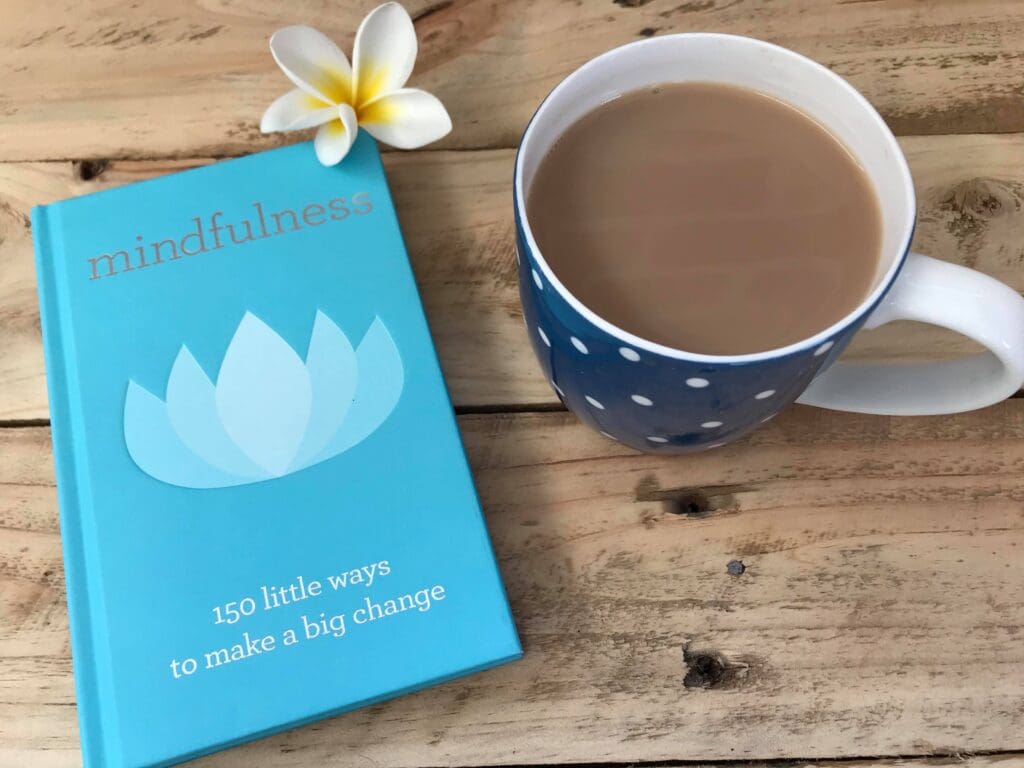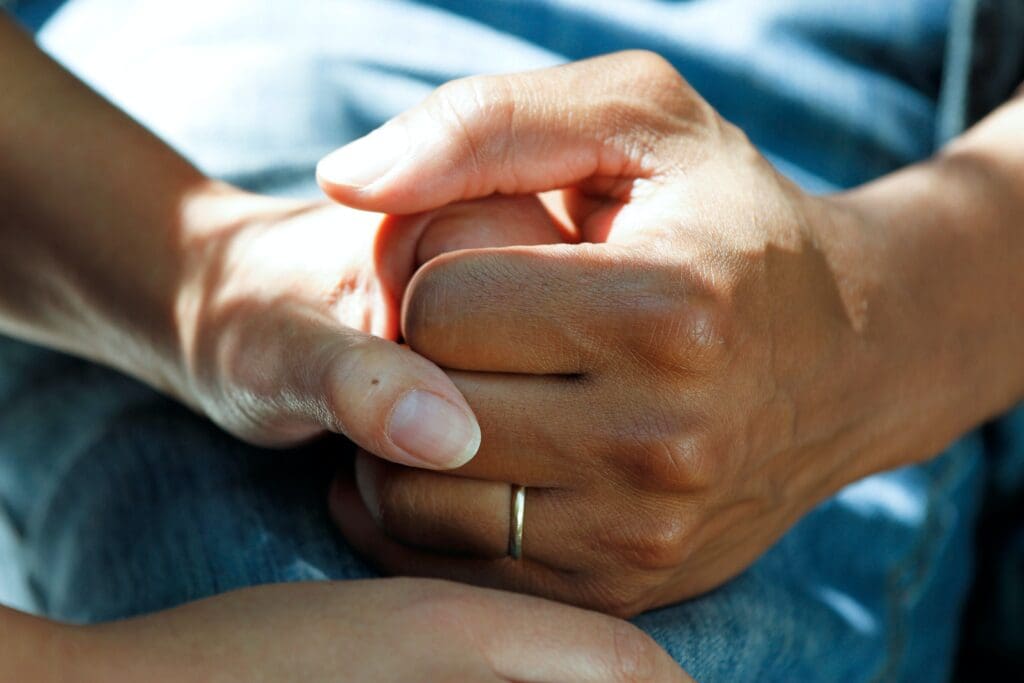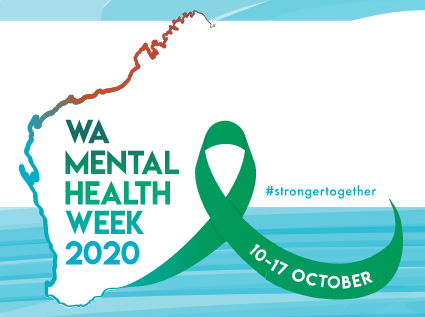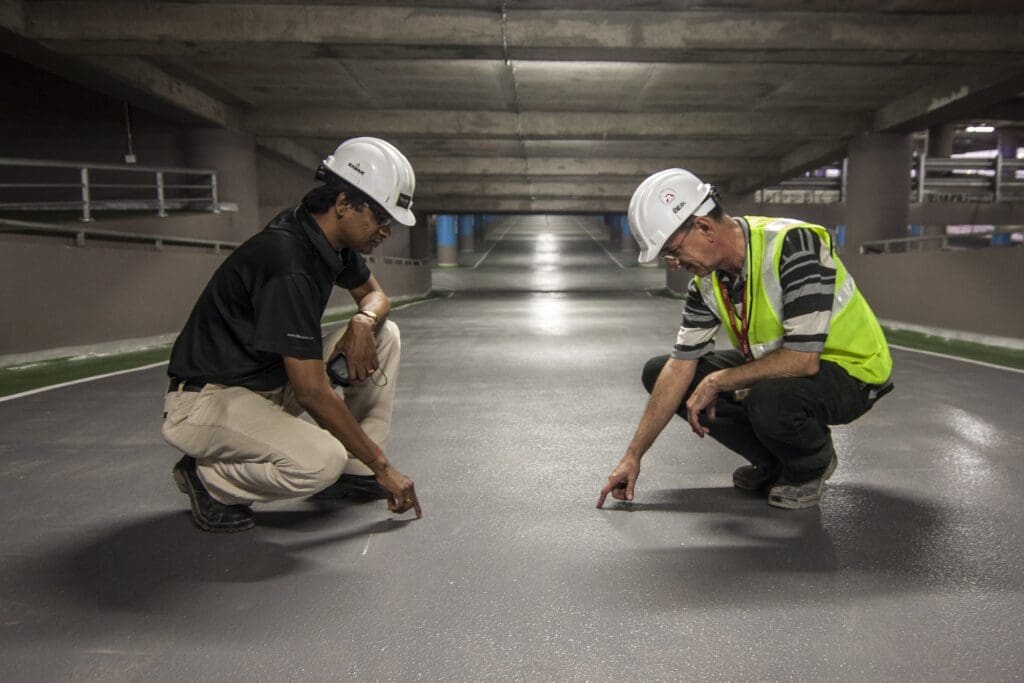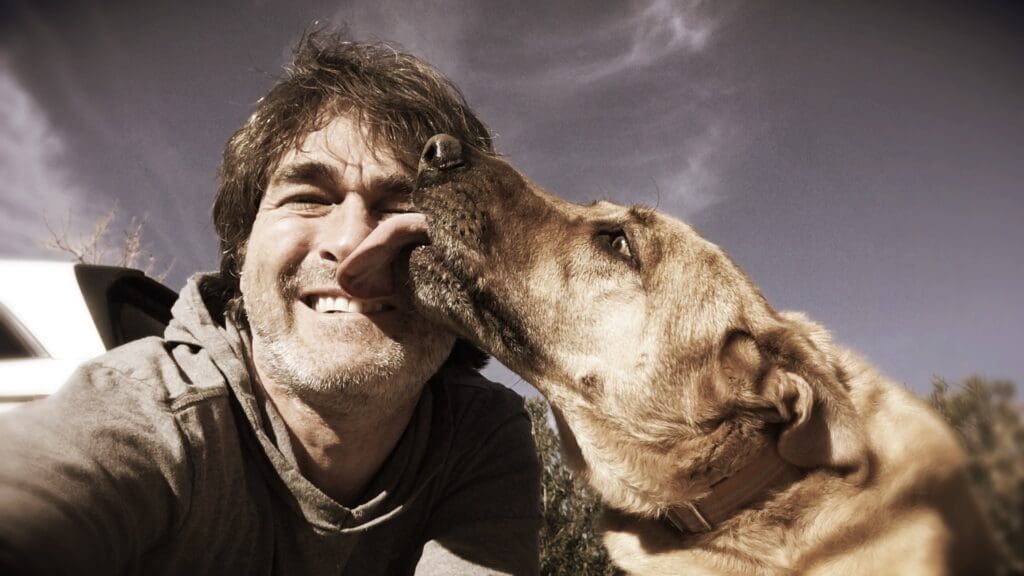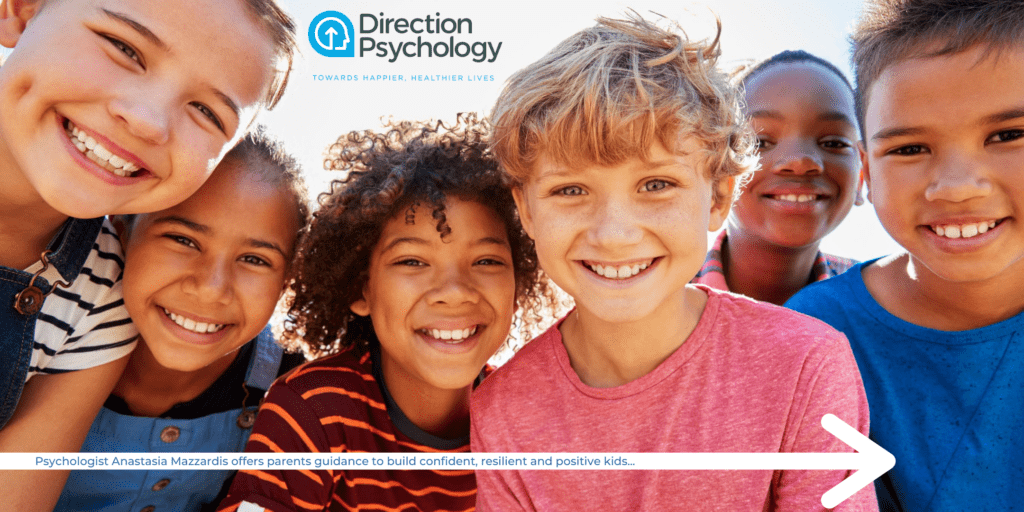Bullying is when a person deliberately and repeatedly hurts someone else. The hurt can be physical or emotional. Bullying includes hitting, pushing, name calling, leaving people out and teasing. If anyone feels scared or hurt when they are with someone, they may be being bullied. Bullying is a form of aggression that can escalate into violence. Children who are being bullied need adults to intervene and provide support.
If parents don’t know whether or not their child is being bullied, the following are warning signs that might indicate that their child is being bullied.
The child:
- gets hurt or bruised;
- is scared or has nightmares;
- loses or has damaged possessions;
- puts him/herself down;
- doesn’t want to go to school;
- has no friends or party invitations;
- often feels sick; or
- acts aggressively.
Parents can help their children deal with bullying by:
- Asking their child what is wrong;
- Reminding children that they have a right to feel safe;
- Letting their children know what bullying is and how to spot it;
- Teaching them that telling about bullying is okay;
- Teaching children how to stand up for themselves (for example teaching them to look the person in the eye and say ‘stop bullying me’);
- Teaching children not to laugh at anyone being bullied, not to join in bullying, not to give a person who is bullying lots of attention and not to leave people out of games;
- Telling the school and demanding action;
- Seeking help for their child to improve his/her social skills. A child who has been bullied can be at greater risk than others of being bullied again (even when the first bully has been dealt with). Children who have been bullied can benefit greatly from additional help, including debriefing about the bullying, and, in particular, making sure they have the social skills necessary to function effectively at school.
Parents can take steps to deal with children who are bullying others:
- Increase supervision when the child is with other children;
- Explain what bullying is and why it is not acceptable;
- Talk with the child about the impact of bullying on others. Try to get them to understand what it is like for the person being bullied;
- Ask how they would feel if they were being bullied;
- Talk about what they think might help them to stop bullying;
- Show them how to join in with other children in a friendly way (For example: first observe a game and the other children, look for a natural break in the game for joining in, choose a person with a friendly face and ask them if you can join);
- Make clear rules and consequences, and be consistent in addressing inappropriate behaviour;
- Praise children when they play cooperatively with others;
- Consider enrolling the child in a group program that helps children learn to manage their behaviour.
Teaching children about conflict resolution
It is possible for a child to learn how to sort out problems in a way that makes everybody happy. Often though, people deal with conflict aggressively, and try to convince other people that their way is the best by force or argument. Good conflict resolution skills do not seem to be used in most of the conflicts we see or hear about, (such as in the family home, in films and on television, in the school yard, on the news). However there are excellent ways of dealing with conflict that lead to a peaceful solution.
The following steps are useful in helping children find peaceful ways of solving problems with other people. You can change the way you ask the questions depending on the age of the child, but the general steps are the same for all ages.
- Begin by letting children know that it is possible to find a good solution. Parents could say something like: “I’m sure if we all think about this we might find a way of everyone getting what they want”.
- Help children identify how they are feeling, and help them to label and express their emo (eg ‘You’re looking cross – I’m wondering if you’re feeling cross, but also a bit sad and hurt, that you can’t join in their game).
- Help children to work out what they really want by asking them what they would like to have happen. Help them to work out what the underlying need is, (eg ‘You say you wish your friend would go away. I’m wondering if you are also wishing that you could help the group build the cubby’).
- Help your child to understand the other person’s point of view and to learn how to take their perspective. Ask them what they think the other person might be feeling, or how they might feel if they were in the same situation. You could get them to ask the other person to say how they are feeling and what they would like to have happen.
- Together, you could encourage the children to brainstorm different ways that they could solve the problem. Encourage them to come up with several different and interesting ways that they could go about it.
- Help the children to choose the options that they think work best for everyone, and get them to have a go at putting them into practice. Stay around to see how they get on, and help them fine-tune the solution if needed.
- Reading children books that teach conflict resolution skills through stories can also be help (e.g., Wise Ways to Win children’s story book – see below).
